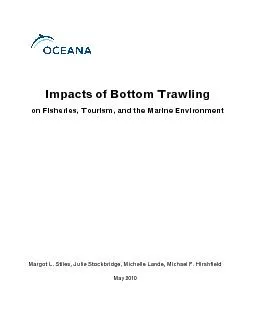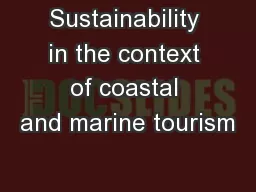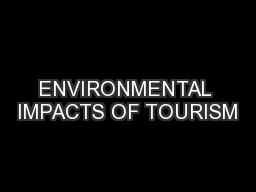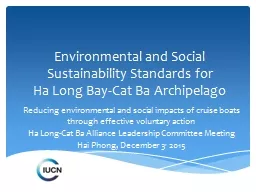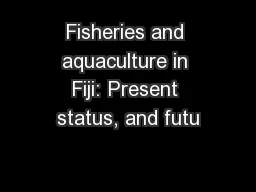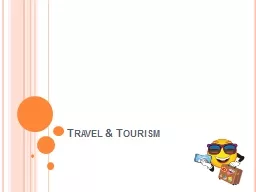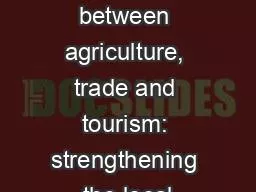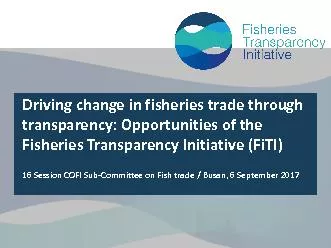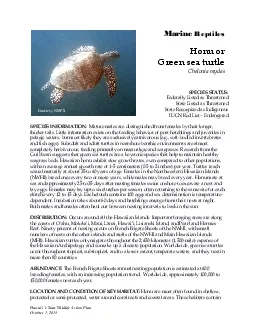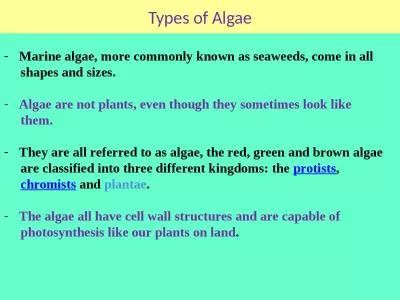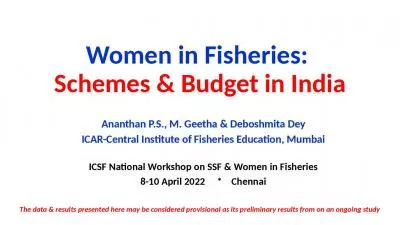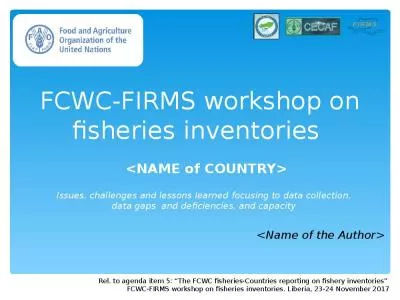PDF-Impacts of Bottom Trawlingon Fisheries, Tourism, and the Marine Enviro
Author : karlyn-bohler | Published Date : 2015-11-19
Impacts of Bottom Trawling Bottom trawl nets are used to catch shrimp and fish living on the seafloor from shallow coastal waters to extreme depths of 6000 feet
Presentation Embed Code
Download Presentation
Download Presentation The PPT/PDF document "Impacts of Bottom Trawlingon Fisheries, ..." is the property of its rightful owner. Permission is granted to download and print the materials on this website for personal, non-commercial use only, and to display it on your personal computer provided you do not modify the materials and that you retain all copyright notices contained in the materials. By downloading content from our website, you accept the terms of this agreement.
Impacts of Bottom Trawlingon Fisheries, Tourism, and the Marine Enviro: Transcript
Download Rules Of Document
"Impacts of Bottom Trawlingon Fisheries, Tourism, and the Marine Enviro"The content belongs to its owner. You may download and print it for personal use, without modification, and keep all copyright notices. By downloading, you agree to these terms.
Related Documents

